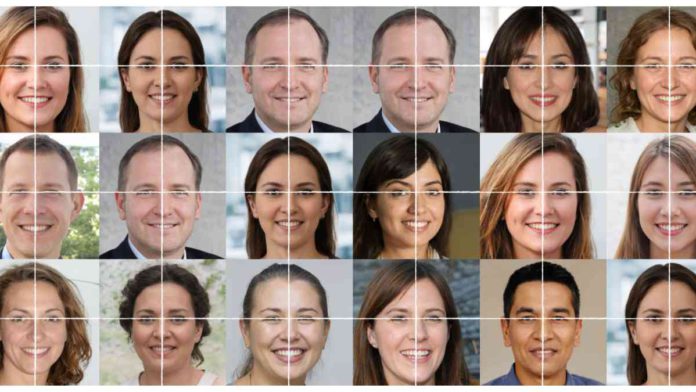In a collaboration between UC Berkeley, LinkedIn has come up with cutting-edge detection techniques that correctly identify artificially created profile pictures 99.6% of the time. Only 1% of real photos are mistakenly identified as fake.
Two forensic techniques can be applied to look into this matter, according to the blog. Methods based on hypotheses can identify peculiarities in faces created artificially. Learning blatant semantic outliers assists this method. Second, data-driven methods like machine learning can be used to tell natural faces apart from CGI ones.
The suggested work uses a hybrid methodology that involves first identifying a distinctive geometric feature in computer-generated faces and then using data-driven techniques to quantify and detect it. This approach uses a lightweight classifier that can be trained fast, and it only needs a small number of synthetic faces. 41,500 synthetic faces were created using five different synthesis engines, and 100,000 genuine LinkedIn profile photographs were used as extra data.
Read More: Vimeo Introduces AI-Powered Script Generator And Text-Based Video Editor
Researchers compared an average of 400 of each of actual (publicly available) LinkedIn profile photographs with artificially generated (StyleGAN2) faces to see how they differed. The majority of real profile photographs are essentially stock headshots because people’s actual photos vary so much from one another.
The average StyleGAN face, in contrast, has very distinct features and keen eyes. This is because of the standardized interocular distance and ocular position of StyleGAN faces. While StyleGAN faces are normally created from the neck up, real profile shots frequently concentrate on the upper body and shoulders. Researchers also sought to focus on the visual similarities and discrepancies that can be observed within and among distinct social groups.


